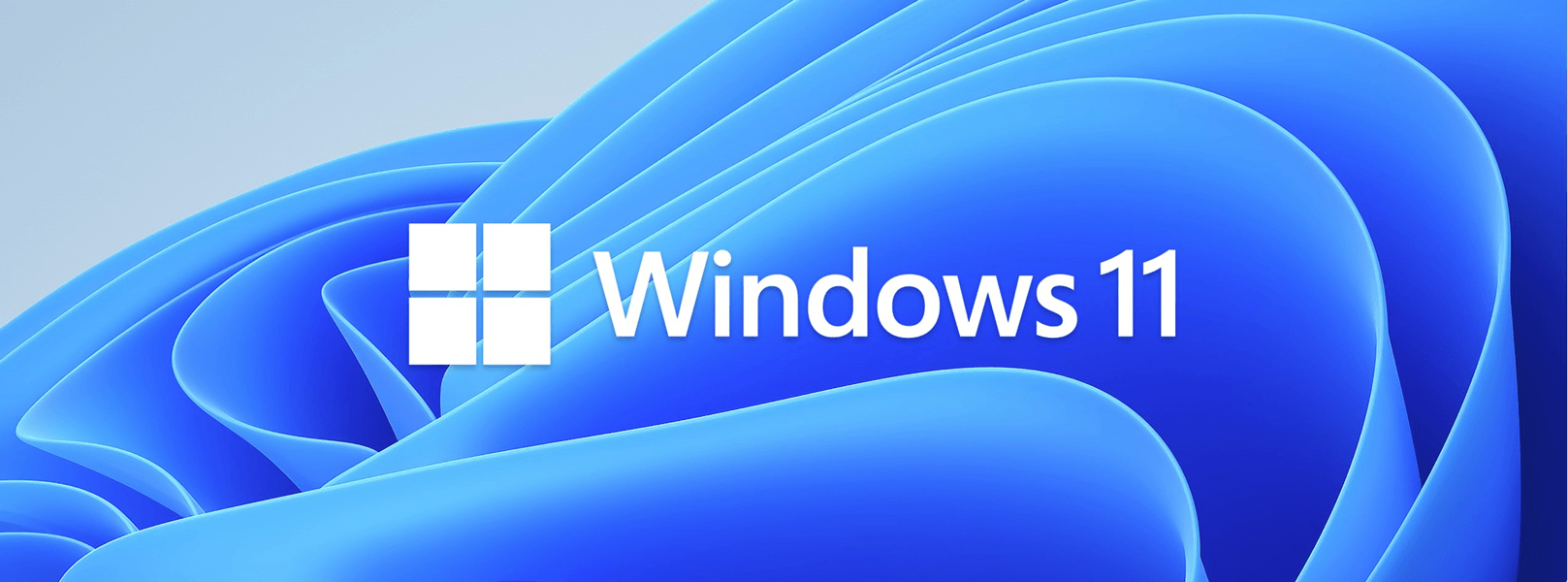Hello
I plan to move from Windows 10 to Windows 11 - My current disk is a 2Tbytes used at 55 %) with plenty of applications installed
I don't want to reinstall them all !
If I upgrade the "normal way" (i.e via the Update in Windows 10, will all the applications be kept ?
Is there some "precautions" to be taken ? What would be the best procedure ?
PS Of course, I'll take a backup before doing anything
Thanks for your help Have a good day
I plan to move from Windows 10 to Windows 11 - My current disk is a 2Tbytes used at 55 %) with plenty of applications installed
I don't want to reinstall them all !
If I upgrade the "normal way" (i.e via the Update in Windows 10, will all the applications be kept ?
Is there some "precautions" to be taken ? What would be the best procedure ?
PS Of course, I'll take a backup before doing anything
Thanks for your help Have a good day
My Computer
System One
-
- OS
- Windows 11 Professional
- Computer type
- PC/Desktop
- Manufacturer/Model
- Custom built
- CPU
- Intel Core i5-8600K CPU @ 3.60GHz Famille
- Motherboard
- ASUSTeK COMPUTER INC. ROG STRIX Z370-E GAMING (LGA1151)
- Memory
- DDR4 32768 Mo
- Graphics Card(s)
- NVIDIA GeForce GTX 1050 Ti
- Sound Card
- None
- Monitor(s) Displays
- NEC X223HQ on NVIDIA GeForce GTX 1050 Ti and ACER EA243WM on NVIDIA GeForce GTX 1050 Ti
- Screen Resolution
- 1920x1080
- Hard Drives
- System on EMTEC X150 960GB (SSD) and additional HDD








